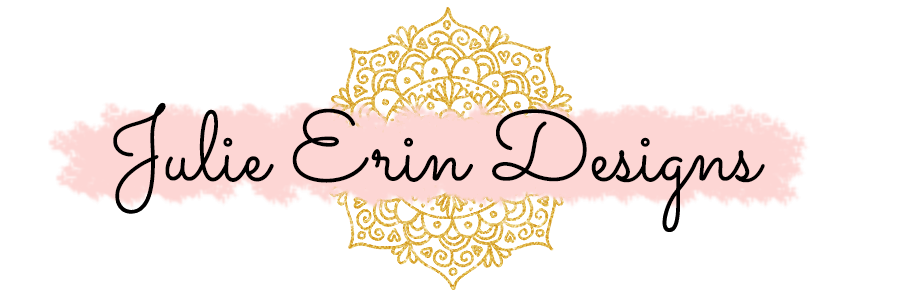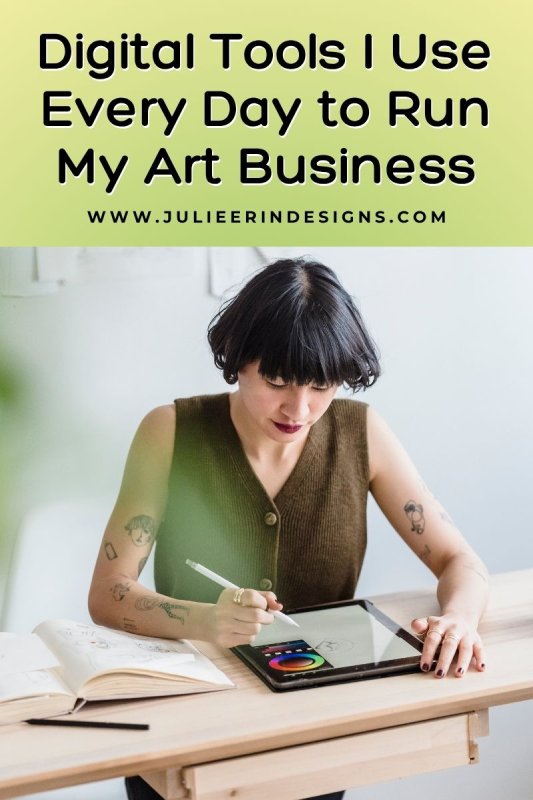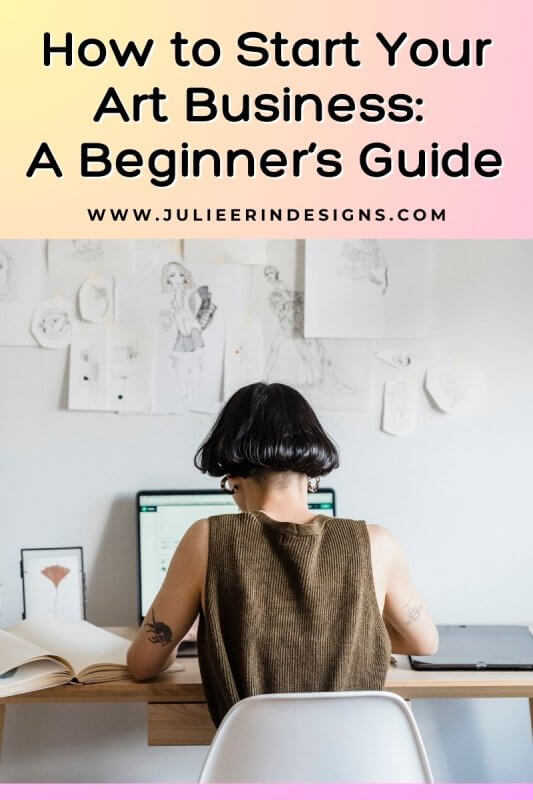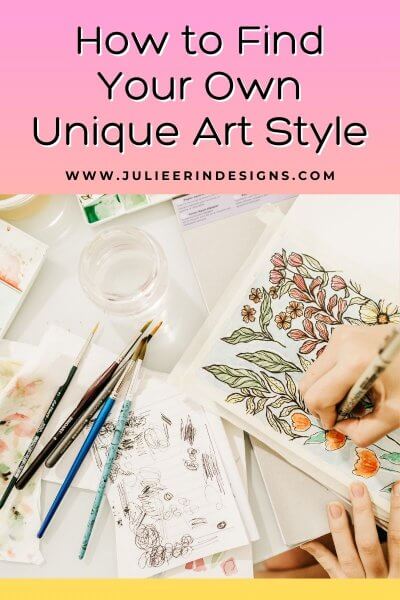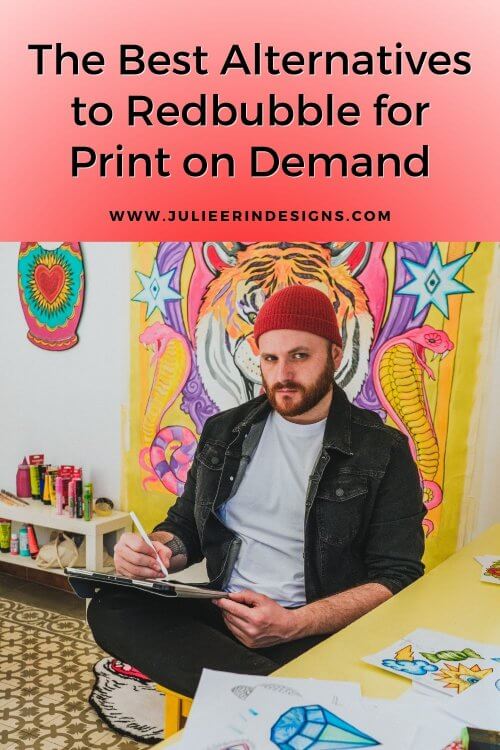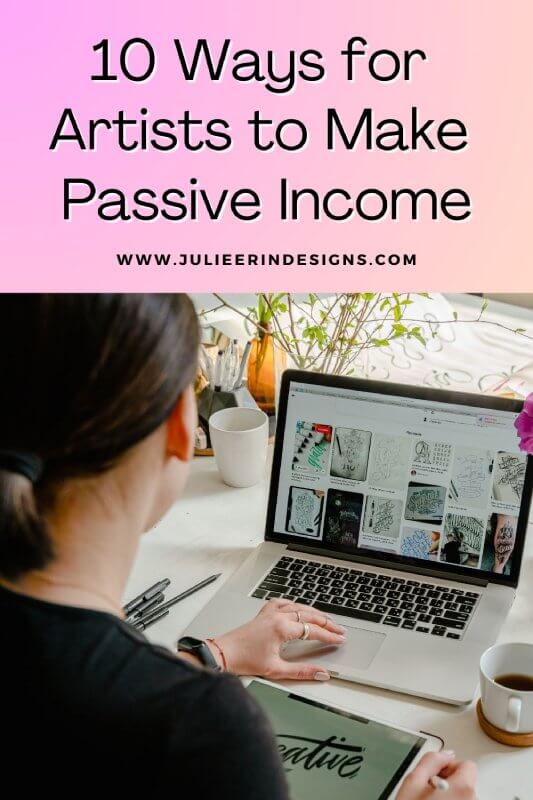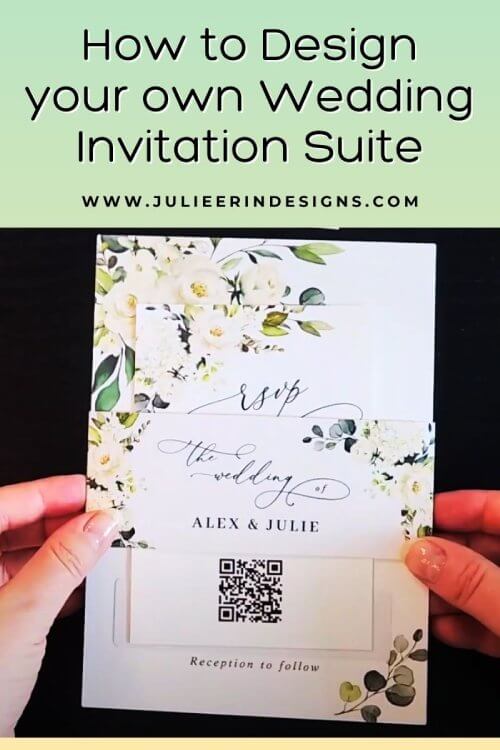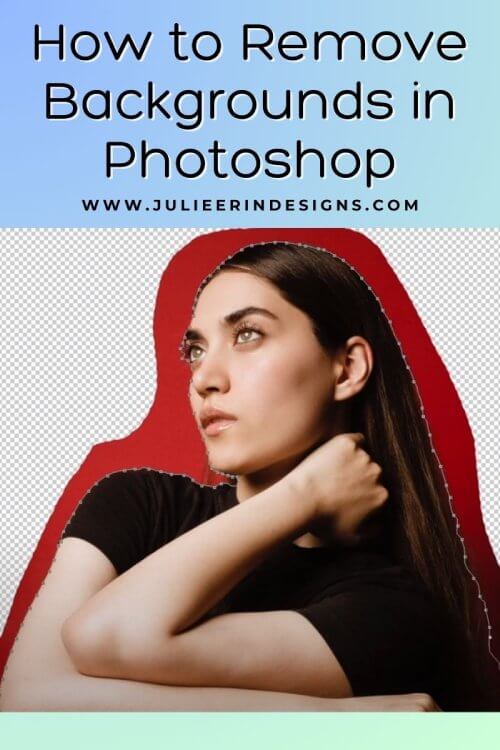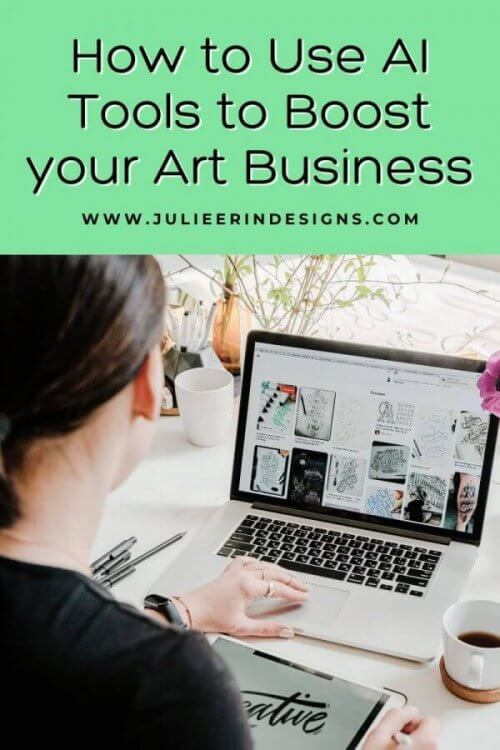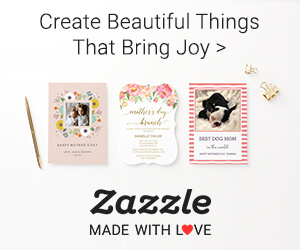Looking for the best digital tools for artists? Discover the essential apps and platforms I use daily to run my art business.
print on demand
Sell Your Art Online with Printful & Printify: A Guide for Artists
In this post we explore how artists can sell their art online using integrated print on demand services, Printful and Printify.
How to Start Your Art Business: A Beginner’s Guide with Actionable Steps
Are you a budding artist ready to turn your passion into a business? Here’s a step-by-step guide to help you get started with your art business.
How to Find Your Own Unique Art Style
In this post we discuss how to find your own unique art style by experimenting, drawing inspiration, and creating a large body of work.
The Best Alternatives to Redbubble for Print on Demand Artists
This blog post aims to share some lesser-known alternatives to Redbubble, to provide artists with new avenues to showcase their work.
10 Ways for Artists to Make Passive Income
As an artist, there are many different ways to monetize your art. In this post I share 10 different ways for artists to make passive income.
How to Design Your Own Wedding Invitation Suite
Learn how to design your own wedding invitation suite with Zazzle. Get inspired to create your own stunning invitations with this tutorial.
How to Remove Backgrounds in Photoshop
Learn how to remove backgrounds in Photoshop with this quick tutorial. Create professional and transparent images with ease.
Sell Your Art Online with Zazzle: A Complete Guide to Setting up Your Zazzle Store
Learn how to sell your art online with Zazzle! Check out my complete guide to setting up your Zazzle print on demand store.
How to Use AI Tools to Boost Your Art Business
AI is everywhere! Discover how to use AI tools in your art business to enhance your artwork, gain market insights, and boost productivity.
I’m an digital artist, surface designer, and online educator from Vancouver, Canada.
I’ve sold thousands of physical and digital products worldwide through print on demand companies.
Through my online classes and blog, I teach other artists how to sell their own art online and turn their passions into a business they love.
Follow my journey:
Artist Resources
-
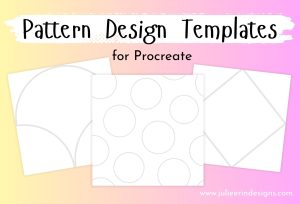
Pattern Design Templates for Procreate
$0.00 -
Sale!
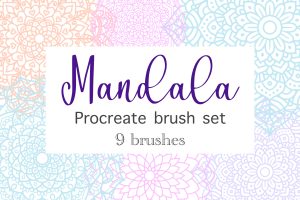
Mandala Procreate Brush Set
Original price was: $7.99.$3.99Current price is: $3.99. -
Sale!
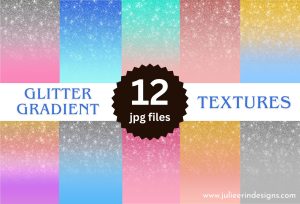
Faux Glitter Gradient Textures
Original price was: $5.99.$2.99Current price is: $2.99. -
Sale!

Faux Silver Gradient Textures
Original price was: $5.99.$2.99Current price is: $2.99. -
Sale!
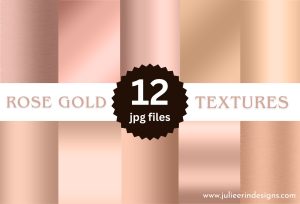
Faux Rose Gold Gradient Textures
Original price was: $5.99.$2.99Current price is: $2.99. -
Sale!

Faux Gold Gradient Textures
Original price was: $5.99.$2.99Current price is: $2.99.
